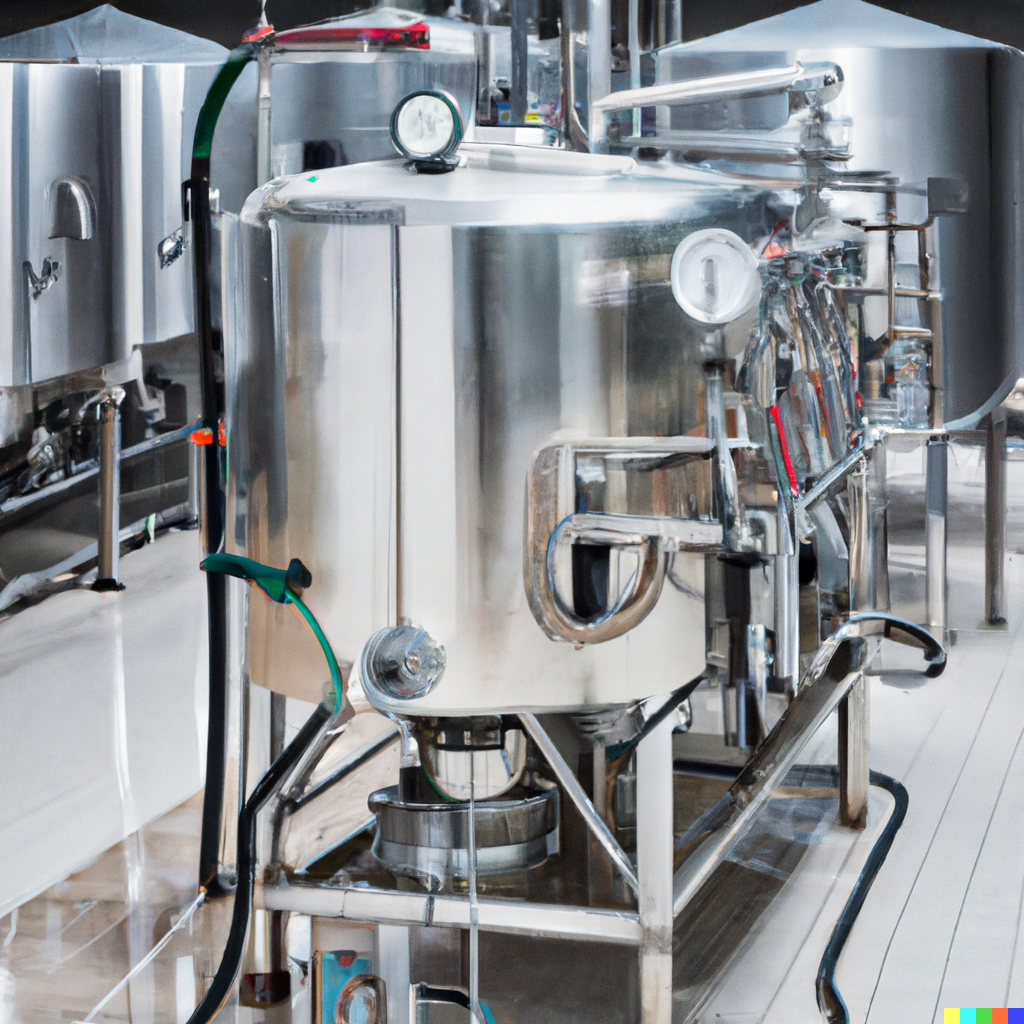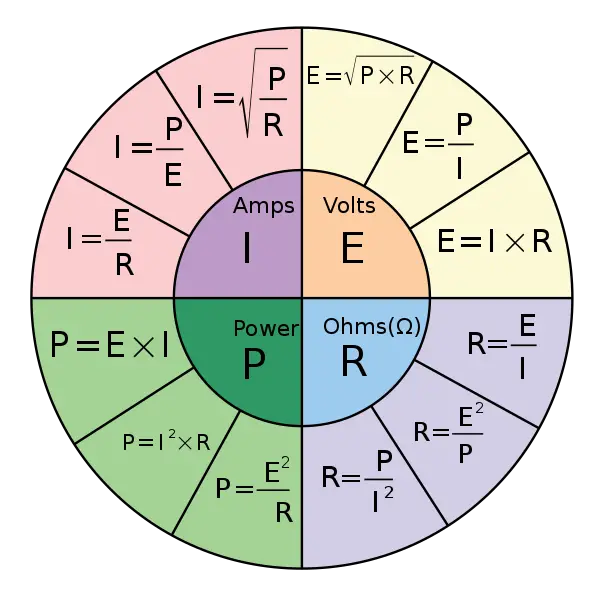Traditional food processing has relied on heat, which is particularly energy intensive. So much energy is required and thus thermal processing is not environmentally sustainable. Therefore, it is in the best interests of our planet to look at non-thermal processing techniques that can ultimately reduce our need for energy to produce safe food with a long shelf-life. Many non-thermal technologies have been investigated over the past 100+ years, but few are commercially available, and even fewer are in widespread use. High pressure processing is one of the best success stories of non-thermal food processing technologies. Ohmic heating isn’t widely known, yet is another technology with great potential to continue to a reduction in energy consumption. Let’s learn about it here…

Ohmic heating, also known as Joule heating or electrical resistance heating, is a novel thermal processing technology that has been gaining popularity in the food industry in recent years. The process involves the application of an electric current to a food product, which results in the conversion of electrical energy into heat energy. Ohmic heating is considered a non-thermal processing method because it does not rely on external heating sources such as steam, hot air or hot water, but instead relies on the inherent resistance of the food to electric current to generate heat.
The principle behind ohmic heating is based on the Joule effect, which describes the phenomenon of energy conversion that occurs when an electric current passes through a material with resistance. According to Ohm’s law, the current passing through a material is directly proportional to the voltage applied and inversely proportional to the resistance of the material. Therefore, if an electric current is passed through a material with resistance, such as food, heat will be generated due to the conversion of electrical energy into thermal energy.
In the context of food processing, ohmic heating is typically achieved by passing an electric current through a food product that is placed between two electrodes. The electrodes are usually made of stainless steel and are positioned in such a way that the food product is in direct contact with them. When the electric current is applied, the food product heats up rapidly due to its resistance to the current, and the temperature is controlled by adjusting the voltage and current settings of the system.
One of the main advantages of ohmic heating is its ability to provide rapid and uniform heating throughout the food product. Since the heat is generated directly within the food, there is no need for external heating sources, which can result in longer processing times and uneven heating. Ohmic heating can also be used to control the texture and color of food products, as well as to preserve the nutritional content of foods that are sensitive to high temperatures.
Another advantage of ohmic heating is its ability to reduce the processing time required to achieve a desired level of microbial inactivation. The rapid heating provided by ohmic heating can lead to a significant reduction in the processing time required to achieve a desired level of microbial inactivation compared to traditional thermal processing methods. This is because ohmic heating can rapidly heat the food product to a high enough temperature to destroy microorganisms without causing significant thermal damage to the food itself.
Ohmic heating has been successfully used in the processing of a variety of food products, including fruits and vegetables, meat and poultry, dairy products, and ready-to-eat meals. In the processing of fruits and vegetables, ohmic heating has been shown to be effective in reducing enzymatic activity and preserving the colour and texture of the products. In the processing of meat and poultry, ohmic heating has been shown to be effective in reducing the microbial load of the products while preserving their sensory quality. In the processing of dairy products, ohmic heating has been shown to be effective in reducing the heat load on the products, which can result in a longer shelf life.
One of the challenges associated with ohmic heating is the development of suitable equipment that can withstand the high voltages and currents required for the process. The design of the electrodes is critical to the success of the process, as they must be able to withstand the high temperatures and pressures that can be generated during ohmic heating. Additionally, the electrical conductivity and resistance of the food product can vary depending on a number of factors, such as moisture content, pH, and salt content, which can make it difficult to achieve consistent heating throughout the product.
In order to overcome these challenges, researchers are working to develop new electrode materials and designs that can withstand the rigors of ohmic heating, as well as new monitoring and control systems that can accurately measure the temperature and conductivity of the food product during processing.

